|
As some of us age into our 40s and 50s, often times we find ourselves friends with older residents in the community, especially those folks that are friends with our parents. Age becomes less of a number as you find yourself on volunteer boards and committees with people older -- and sometimes younger than you.
Such is the case with John David Sipple. “JD” as almost everyone called him, was one of those larger-than-life personalities in Beattyville that you just assumed would live forever. For years, pretty much since its inception, JD was a driving force on the board of the Three Forks Historical Center Museum in Beattyville, instrumental in building what stands today. For a good part of that time, he was the Vice-President of the Museum Board of Directors. My father, Bob Smith, was President and Curator of the Museum. The two men together formed a working relationship that was in fact one of the area’s biggest assets in terms of historical knowledge. If there was a hole in Beattyville/Lee County’s history that one didn’t know--you can bet the other one did. If neither could remember, you could likewise bet the farm that they would make it up as they went along. They laughed and sometimes bickered and scratched as they worked to make the museum one of the area’s premiere attractions. As I was brought on to the board several years ago, I got to know JD a little better. We would often sit and talk about oil field history, and I was fascinated learning what I could from him about oil field equipment,bulldozers, etc. The museum is famous for its fish fry fundraisers. If there is such thing as fish fryer experts, JD and Fred Gabbard would have to qualify. He was also one of the area’s premiere grill masters, and could fix some mean baked beans. When my father passed away a couple years back, it left a void in me that couldn’t be fixed. The man I turned to for advice, history--whatever, was gone. It was then I found myself many times asking that same fatherly advice from JD. I guess I hadn’t realized that he and I had also became friends. I would ask him about “pond maintenance”, fish populations and things I normally asked my father. When it was time to find Dad’s replacement on the Museum committee, it was JD that said it had to be me. His reasoning was the older folks had served their time and some of the “younger” members needed to take the reigns. His faith in me as President of the board was priceless. If I learned one thing about John David Sipple over the years, he was a “Do-er”. He didn’t ask or debate. If work needed done, he showed up with a tractor or a pickup and trialer and did it. His work career was long and diverse. He worked as a contractor, logger, worked in the oil fields, and was an oil and gas well inspector. He worked at Lee Adjustment Center for many years. Most people probably remember him as maintenance supervisor for the Lee County School District. He retired from that in 2016. More than just a man with a good work ethic, JD gave to his community. The Kentucky Colonel was on the ground floor of getting the Historical Museum built and dedicated a huge chunk of time to that endeavor. With his big white beard, he was a good sport and volunteered as a stand-in for good old Santa Claus on many occasions, and certainly was a shining light during the holy Christmas season. Sadly, JD passed away, Saturday, March 30th, in his home that he always kept in tip-top shape. John David Sipple was 72-years-old. We join the community in wishing his family all of our condeleonces. Article by: Josh Smith, Editor of the Three Forks Tradition Newspaper and Three Forks Historical Museum President
0 Comments
**FARMERS MARKET ANNOUNCEMENT**
The Farmers Market crew would like to thank everyone that has been to see us over the last few weeks at the Three Forks Historical Museum. We've been so happy to see all of our customers & friends. We are pleased to announce that we are going to continue to be open at the Museum EVERY FRIDAY 9am-4pm until our building is ready on Main Street. We especially want to thank the Museum Board for allowing us to use their wonderful facility. Follow us on facebook/locallymademarketbeattyville! So be sure and come see us EVERY FRIDAY and check out what our vendors have to offer! #famersmarket #threeforkshistoricalmuseum #shoplocal #KentuckyProud The Natural Beauty Was Spectacular, Drawing Tourists To What Was Known To Be One Of The Healthiest Places On The Planet
By Bob Smith, 2006 Tourism has long been an economical factor in the Eastern Coal Field section of Kentucky. Even before the turn of the 20th century, promoters were proclaiming this area as one of the healthiest places on the planet to be. Evidence of that philosophy was the resort hotels built for the tourism trade. The L. Park Hotel at Torrent took great advantage of the considerable tourism trade that frequented the L&E Railroad Park at Natural Bridge, three miles from the hotel. Excursion trains brought carloads of tourists from Cincinnati, Dayton, Lexington, and Louisville to enjoy the wild natural beauty and the geological wonders that made up the Natural Bridge Park. Many came and went the same day, but those who stayed overnight had the choice of camping in the park or spending the night at the L. Park Resort Hotel. Park guests frequently chose to travel on to Beattyville where they could spend the night at the luxurious Nina Webb Inn, also billed as a health resort hotel. The L&E did not go to Beattyville but junctioned with the Beattyville and Cumberland Gap Railroad at Maloney. Some park visitors stayed several days to enjoy the scenery and delighted in the side excursions to local communities. The Mountain Central Railway intersected the L&E at Campton Junction (the end of the Natural Bridge tunnel where the sky lift is currently located). From there, the little narrow gage railroad made its way to Campton, the county seat of Wolfe County. The train made it up the steep grade with the assistance of a switchback track system. Still, the incline was dramatic and the scenery was spectacular. At one point in the journey, travelers could look across the cliffs and valley and directly through the Natural Bridge arch itself. Hick Patrick, a former Lee County schoolteacher, once remarked that no roller coaster in the country had a thing on the Mountain Central Railroad when it came to thrills. Mr. Patrick attended the Alvan Drew School, boarding institution located at Pine Ridge, along the train route to Campton, and he was a frequent traveler on the railroad. The late 1800s and early 1900s were a busy time along the L&E (Lexington and Eastern) route which stretched from Winchester to Jackson. The tracks passed through Clay City, Stanton, Natural Bridge, Torrent, Fincastle, St. Helens, Tallega, Athol, and Elkatawa. The photo above shows a L&N Bridge. Kentucky rail mileage reached its maximum by 1930. Over 40 companies operated 5,005 miles of line, scheduling hundreds of passenger trains. Visitors to Campton could find overnight accommodations there or take a short six-mile buggy ride to Hazel Green to find lodging at the Rittenhouse Hotel at the famous Swango Springs Resort. The mineral water from Swango Springs was advertised as "good for most anything that ails you." The late 1800s and early 1900s were a busy time along the L&E (Lexington and Eastern) route which stretched from Winchester to Jackson. The tracks passed through Clay City, Stanton, Natural Bridge (also known as McCormick's), Torrent, Fincastle, St. Helens, Tallega, Athol, and Elkatawa. The rail line was completed to Natural Bridge and Torrent around 1889 and Jackson in the 1890s. The L&E sold out to the L&N (Louisville and Nashville) about 1911 and the tracks were completed to McRoberts in Letcher County to open the coal fields of southeastern Kentucky in 1915. In 1917 the Lee County "Oil Boom" opened the largest oil fields east of the Mississippi River. Lumber was "king" along the L&E, and later the L&N, from around 1890 until the oil boom began. It was the Dana Lumber Company that built the Nada Tunnel and the railroad that opened the Red River Gorge country. The Mountain Central Railroad also began as a lumber carrier, but became a common carrier in 1906. Between Natural Bridge and Torrent the Red River and Beattyville Southern Railroad connected the L&E with the lumber boom town of Ridgewood. Between Torrent and Fincastle the Eastintown rail line junctioned with the L&E on Walker's Creek. It too hauled lumber and logs. The narrow gage line came from the Wolfe County community of Eastintown on Devil's Creek. Numerous tramlines intersected the L&E along its route. The logs were loaded on small carts that ran on narrow tracks and carts were pulled by mules or oxen. The town of Clay City grew up around the Red River Iron Works, but the community was quick to take advantage of the lumber boom and the railroad. Several mills were built to produce lumber and staves. Sawmills, planing mills, and flooring mills sprang up all along the L&E's route. Communities too small for a railroad depot had whistle stops where trains stopped to pick up logs and lumber products that were in great demand in Lexington, Louisville, and cities all over the east. The tourists still came to see Natural Bridge and the scenic waterfalls at Torrent and Fincastle, but investors came as well, especially when the oil fields opened. John D. Rockefeller, Andrew Carnegy, and other wealthy industrialists spent the nights at the L. Park Hotel and Nina Webb Inn. Their boots tread the boardwalks at Fincastle and the muddy streets of Torrent, and they visited oil wells at Fixer, Little Singing, Soreheel Hollow, and Bald Rock. As the oil boom grew, the rich and famous came from New York and Hollywood. Some came to invest, but others came out of curiosity and enjoyed the natural scenery, along with the various aspects of mountain culture, whether it was the gristmill of Tom Johnson on Walkers Creek, the salt peter works under the cliffs that made gunpowder, or the "blind tiger" saloon sitting at the mouth of some hollow. A nitroglycerin manufacturing facility was established by the railroad on Walker's Creek and the first bottled gas in the world was manufactured by the Cumberland Gas Plant at Fincastle in the 1920s and shipped out on L&N rail cars. Fincastle was a popular stop for vacationers and campers coming to Natural Bridge and Torrent. Numerous creeks, waterfalls, caves, rock shelters, and springs were within easy walking distance of the railroad depot and the waters of Walker's Creek were teeming with fish for those who brought along their fishing rods. Nature lovers enjoyed an extra bonus provided by the spectacular array of local wildflower colors. Botanical surveys by the University of Kentucky announced that more species of wildflowers existed within a 25-mile radius of Beattyville than anywhere in the world. Those special days along the L&E were not to last, however. The world was changing too quickly. The lumber business played out about the time WWI came along. The coming of roads and highways would pull traffic away from the railroad. The Depression came along and the L. Park Hotel burned down in 1929. As tourism lagged the L&N built a lodge at Natural Bridge in 1923, but turned the park over to the state in 1927. The opening of the Yellow Rock tunnel by the L&A (Louisville and Atlanta) in 1902 between Beattyville and Irvine opened a simpler, more economical route to transport coal from southeastern Kentucky and the old L&E route was doomed. WWII came and the route was abandoned. In 1942 the tracks were taken up and the steel donated the to war effort. Bob Smith, Editor-Publisher of The Three Forks Tradition newspaper. The museum board dedicated the grand-reopening event in memory of our president Bob Smith who passed away October 30th, 2022. It was his dearest wish to get the museum organized for reopening as soon as we could manage it. Thanks to grants and donations and many hours of hired and volunteered labor, we were ready to open it up to the public. There was a chili or soup lunch with peanut butter or pimento cheese sandwiches. Also a direct sell of desserts and items. The museum as open from 11am-4pm and visitors could tour the museum, stay and read through documents, sit and talk a while and eat together.
The Santa's Workshop activities retuned to the museum's campus this year. Weather was perfect and the new outdoor classroom shelter was an excellent location for all the activities. With the Christmas Spirit Committee, Museum board members, ladies from the Republican Women's Club, and friendly volunteers, the events were a hit with the kids and families. Kids could color a picture, build a craft, write their letters to Santa and place them in the mailbox, have a cut of hot chocolate and a cookie. They could even go to the supervised fire pit and roast a marshmallow on a stick. Also available were free horse drawn buggy rides around the museum. One huge addition to this years events were all the lovable characters dancing around for kids to meet and get their photos taken with. They included Mickie and Minnie Mouse, Elf on a Shelf, Rudolph the Reindeer, the Grinch, and Frosty the Snowman. Actives were all free for the kids and directly after the workshop was the Christmas Spirit Parade down Main Street. Photos by Just Jessica Photography, Beattyville Main Street, and Beattyville/Lee County Tourism. The Three Forks Museum received a $20,000 grant in the fall of 2021. These funds were sourced from U.S. Congress's American Rescue Act funds to the National Endowment for the Arts and at the state level, Kentucky Humanities. We are deeply grateful for the opportunity to apply and receive these grant funds. The funds were to help the museum recover from the effects of the COVID-19 pandemic. Closing down the museum and being forced to cancel all our events and fundraisers 2020-2021 and even some actives in in 2022, slowly drained our stored funds as overhead expenses still come due. Insurance, utilities, security system, and more. The ARP funds have been tremendous help to keeping the museum operational and the bills payed. We were able to have a few of our normal events in 2022 and thanks to ARP funds assisting with the overhead expenses, the museum had some funds to host a few events. The funds also created a few local jobs. The Three Forks Museum operates by a volunteer board but with the ARP funding we were able to hire local contract labor to work on projects that the museum desperately needed accomplished. We went through a historic flood in March 2021 and damages to display cases, documents, and artifacts were caused by 20 inches of flood water in the building. It has taken over a year for the museum to be cleaned and organized in a way to be presentable to the public. The most effort on restoring the building’s contents has been the volunteer work days we have had. Community volunteers glean so much knowledge by hands on actives plus learning from the museum board members who are also present. Another significant stride was the use of ARP funds to hire a museum worker who held regular hours and a few as needed project workers. Having the museum open and a hired worker to continue organizing displays brought life and interest back to the museum which had been closed to the public for over a year. Volunteers and hired helpers accumulated 500 work hours in 2022. So what's this mean? This means that the ARP grant funds paid the bills and contract labor for 2022 so the museum could survive and grow. Majority of the funds, 48% went to ease the burden of utility cost. 22% of the funds supported labor and contract workers. 16% of the funds was spend on supplies for museum activities. Finally 14% of the funds went toward facility insurance payment cost. The museum is the home of many priceless artifacts and the building itself has an excellent insurance policy and top of the line security system with motion detectors and video capabilities. One major addition to the museum, which was much needed, was the creation of an outdoor classroom. Through donations, grants, and museum savings, we built a larger outdoor shelter. Completed November 1st, 2022, the idea for the shelter came from the ARP grant. The whole purpose of the funds was to help organizations recover from the effects of COVID. If we had an outdoor shelter large enough during 2020, the year of shutdowns, we wouldn't have to cancel all our events and programs because of COVID. We just would have needed to have a learning space outside in the open air. With ARP grant funds paying for museum overhead and labor, the museum used savings and other grant funds to build the outdoor classroom shelter. With recovery from the historic flood March 2021 and COVID along with other sickness in our community such as flu, that closed down schools and canceled events, and with the loss of two pillar museum board members, treasurer Mrs. Edna Grace Crabtree, and president Robert ‘Bob’ Smith, our existing board has struggled to keep the museum operational. However, we are in better shape than the museum has ever been in. In November 2022, the museum board elected 4 new officers and we are hopeful for the future of the museum under their leadership, interest, and the amount of energy they have to offer the organization after such a difficult year. We are looking forward to serving the community through advocacy, preservation, and offering unique museum and humanities based programing experiences into the future. The Lee County Republican Women's Club held their long tradition of hosting a luncheon at the museum for all veterans, families of veterans, and active military. This is a wonderful service to the community and the Three Forks Museum is so proud to partner with the lovely ladies each year for the event. There have been a lot of rearranging and cleaning at the museum the last few months and it is ready for visitors. With the addition of the military items and display cases from West Liberty, the veteran's wing of the museum looks great. Lee County veterans who attended were the first group to tour the new museum arrangements.
Photos taken by Teresa Mays. Thank you Jackson Energy Round Up Board for awarding the museum with $1,200 in grant funding. These funds went toward cost for the new outdoor classroom shelter.
Operation RoundUP is funded solely by Jackson Energy members who voluntarily choose to round their electric bill to the next highest dollar amount. The extra money, which averages around 50 cents a month, is applied to the Operation RoundUP fund. For example, if your total bill is $74.62, your bill would be rounded up to $75 with the extra 38 cents going to Operation RoundUP. Each month, the amount donated may range from one penny to 99 cents, with a maximum of $11.88, per year and is tax deductible. You can also make one-time donations by visiting your local office, or calling 800-262-7480 and letting a Member Services Representative know that you want to make the one-time donation to the Operation RoundUP fund. How it the money administered? Operation RoundUP is governed by a seven-member Board of Trustees who represent the seven primary counties served by Jackson Energy. The trustees operate independently from Jackson Energy Cooperative Board of Directors. The trustees receive and evaluate grant applications on a quarterly basis. If you would like to be a contributor to the RoundUp Program or learn more go to this website link... Operation RoundUp. We want to share our deepest condolences and lift up the family of Bob Smith in our prayers. Bob Smith was not only the museum board President, he was also the oldest serving member as he had been apart of the Three Forks Museum organization since its inception. He was the best fundraiser or "bum and beggar" as he would say. Through his leadership, the veterans wing and the annex of the museum where built. Not to mention the countless artifacts and photographs that are in the museum because he personally set them in displays or had his screwdriver out attaching them to the walls. Bob had a huge heart for the veterans of this county as he was also the President of the Lee County War Memorial Park on HWY 11 and also the President of the 4th of July Fireworks committee. Bob Smith will truly be missed by our community and especially our museum board. Working together we will do everything we can to honor his memory and hold to mission of the museum: Preserving history of the Three Forks Region in the hills of Eastern Kentucky for future generations.
Update: Arrangements for Bob Smith: Visitation from 6-9pm Thursday November 3rd, 2022 and funeral 11am Friday at Newnam Funeral Home. Update #2: The funeral procession included a drive by of the Museum. The lead car carrying Bob to his burial site turned and slowly drove by the museum that he loved. Everyone following also pulled off to slowly drive by the museum. Thank you Ronnie Paul and Joyce Begley, of Beattyville, KY for arranging the beautiful fall decorations at the museum! The annual Woolly Worm Festival starts this weekend and now the museum looks beautiful welcoming visitors to the festival and also welcoming returning family and friends as they return home for the weekend events.
#fallyall #TFHC #beattyvilleky #wwf #woollywormfestival |
About
Welcome to the blog page of the Three Forks Historical Center in Beattyville, KY. Categories
All
Archives
December 2022
Museum Board Members
Want to get involved? Ask the board members how you can volunteer to help the museum.
Board Members: Linda Smith Josh Smith Jessica Treadway JD Sipple Kenneth Isaacs Suzy Booth Joshua Hagan Ray Shuler Geneva Duncil Frank Kincaid Sherry Lanham Everett Lee Marshall Dedra Brandenburg Board Members in loving memory: Bob Smith 10/30/22 Rhonda Estes 9/20/21 Edna G. Crabtree 2/15/21 |

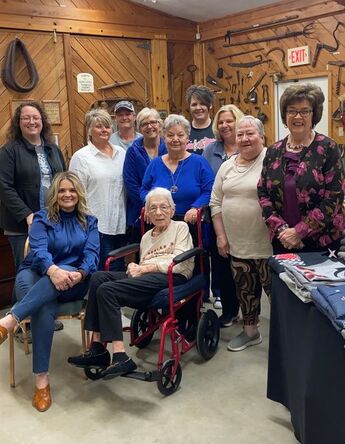



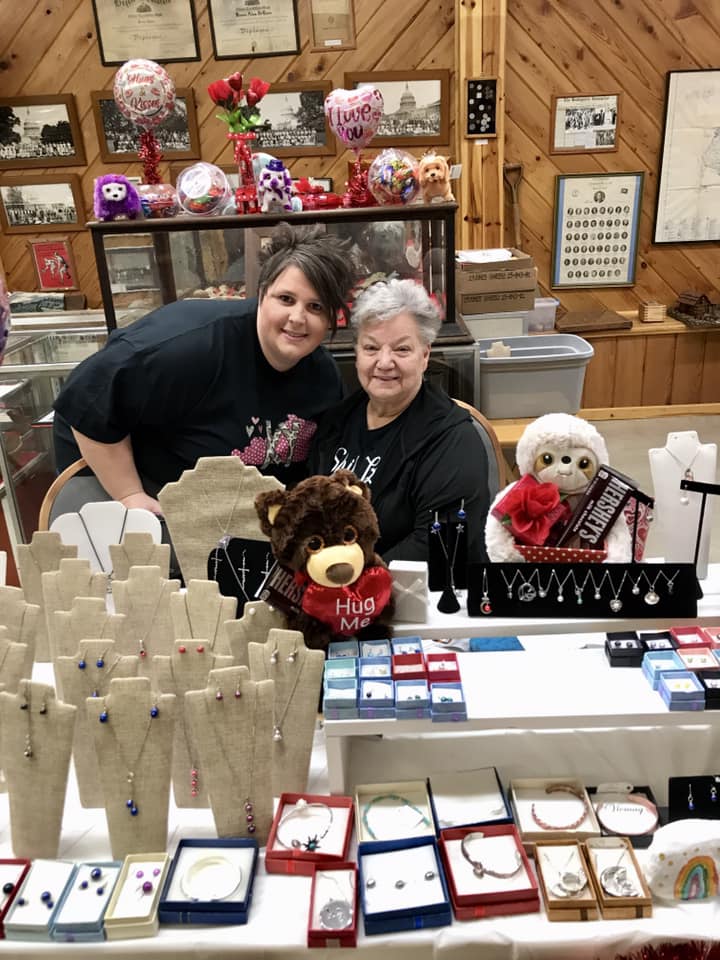
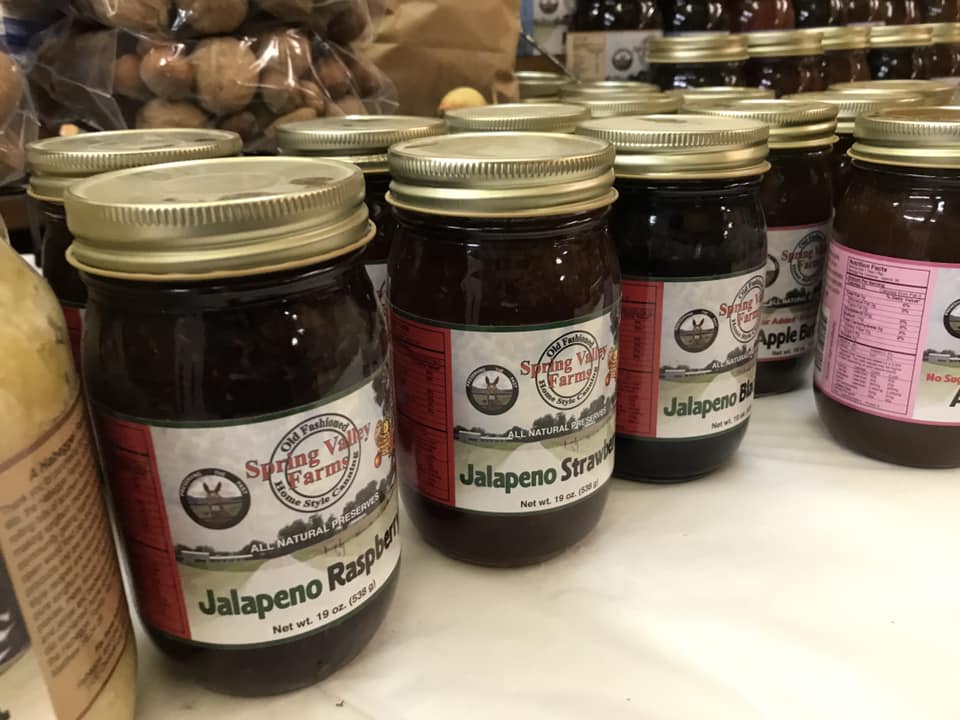
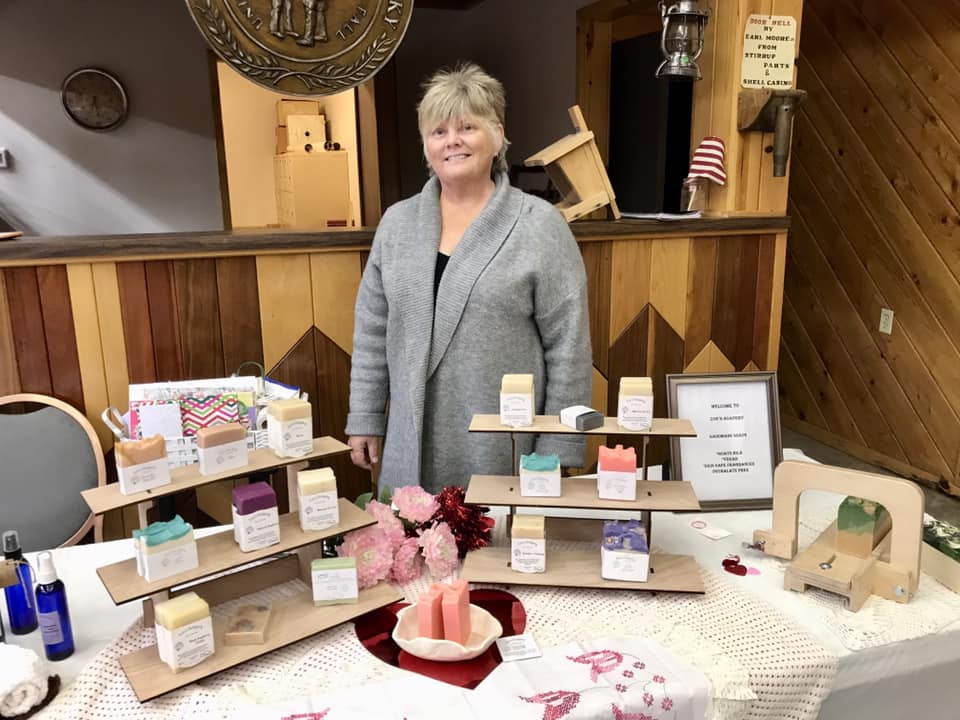

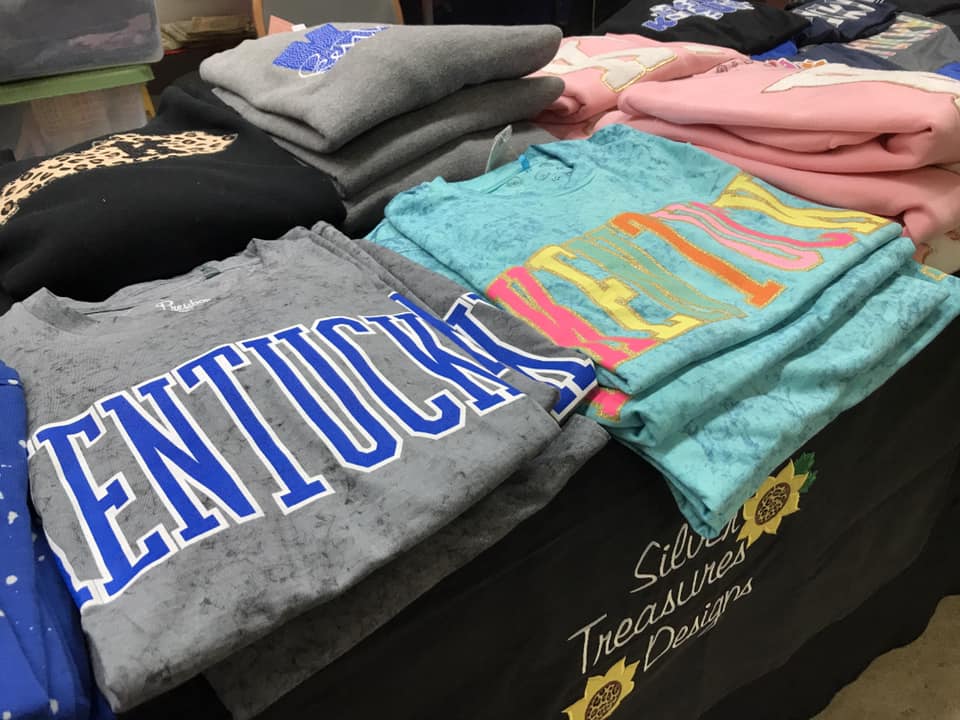


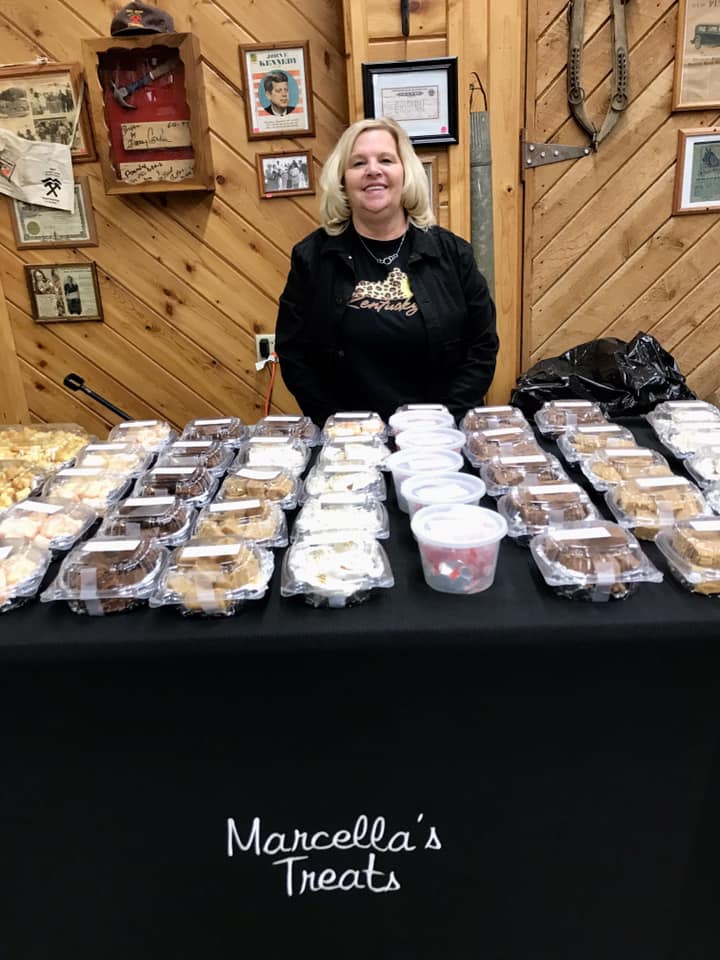

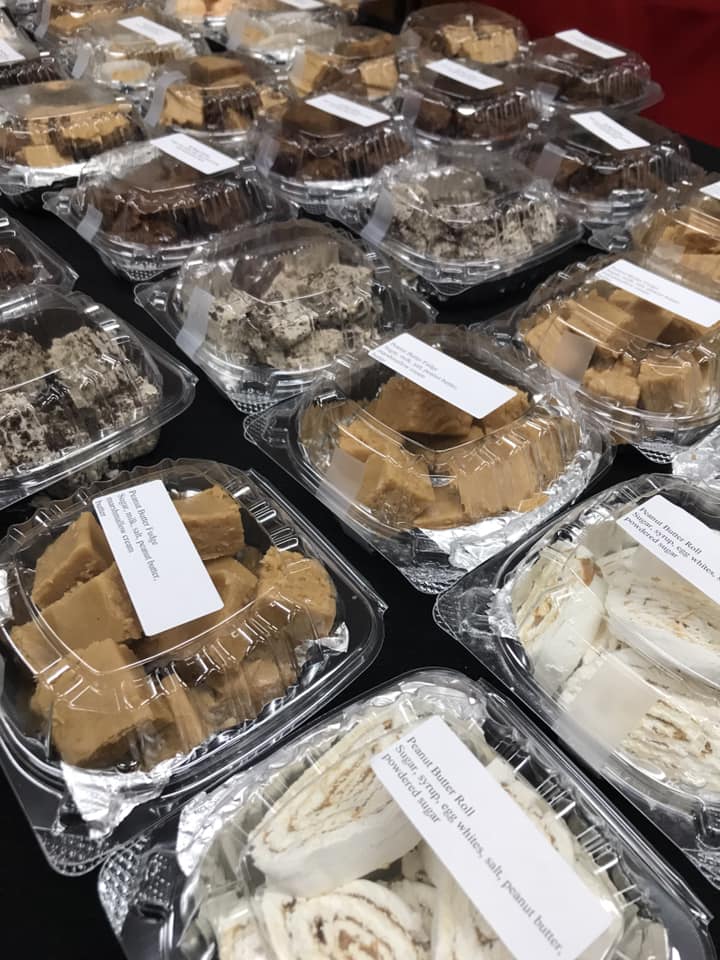
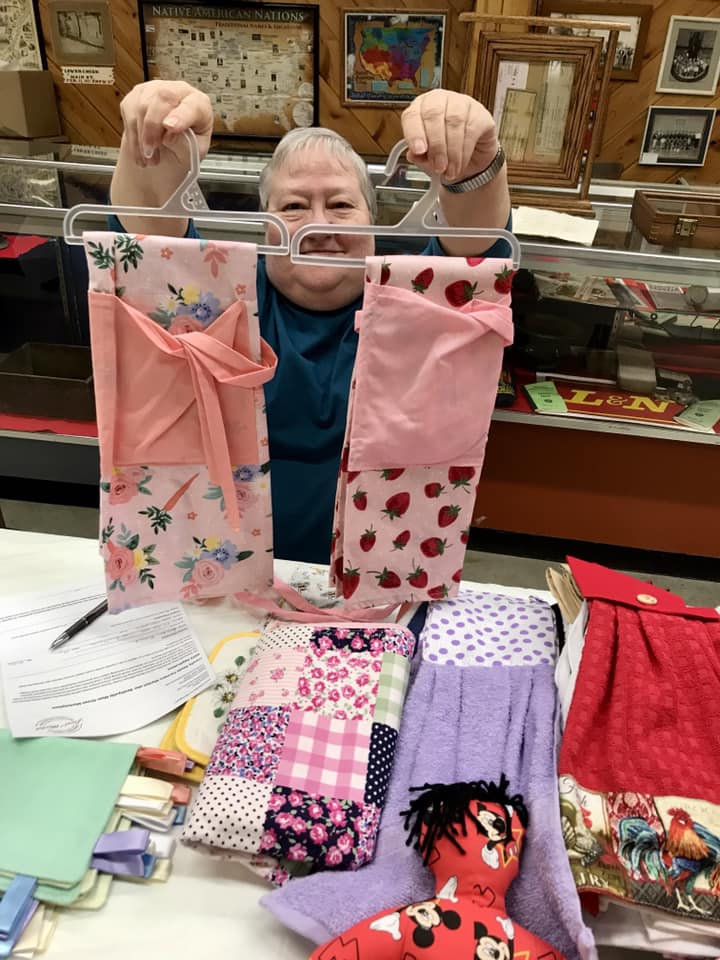
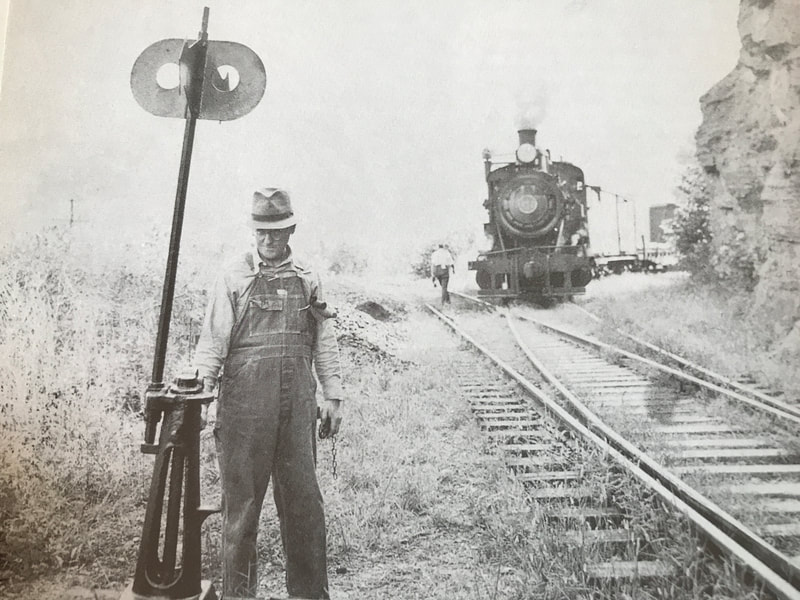


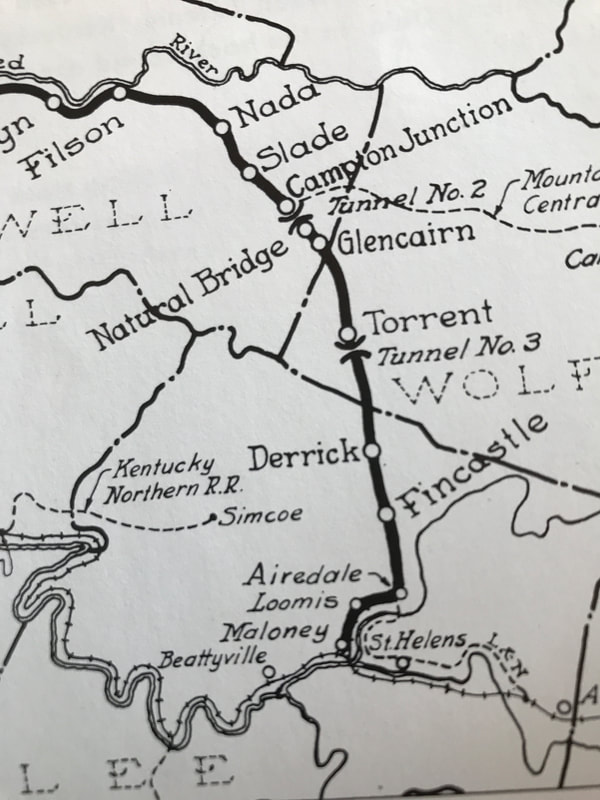
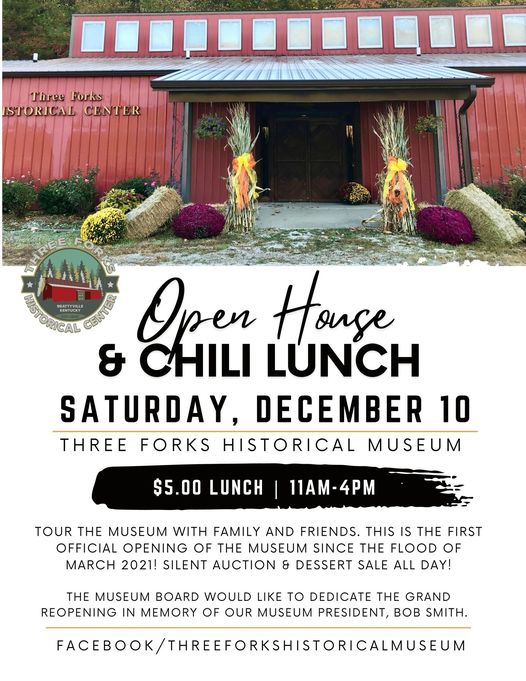
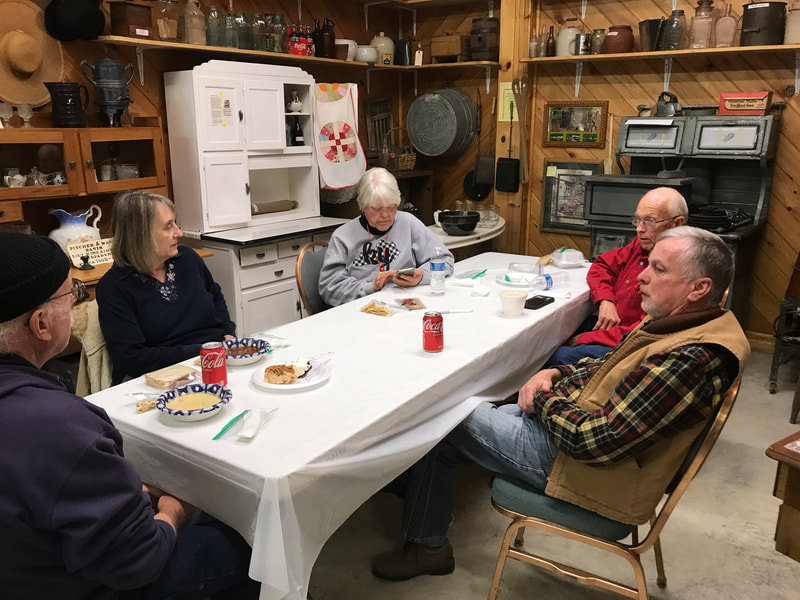

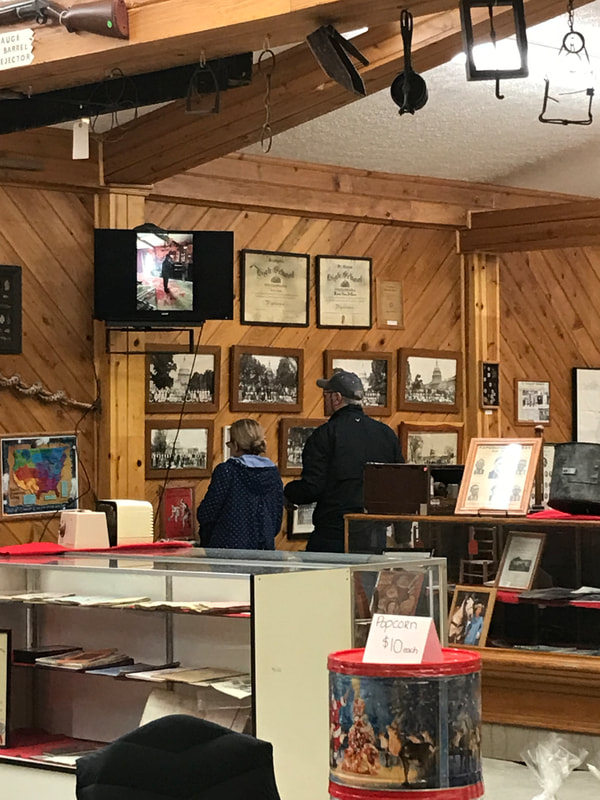

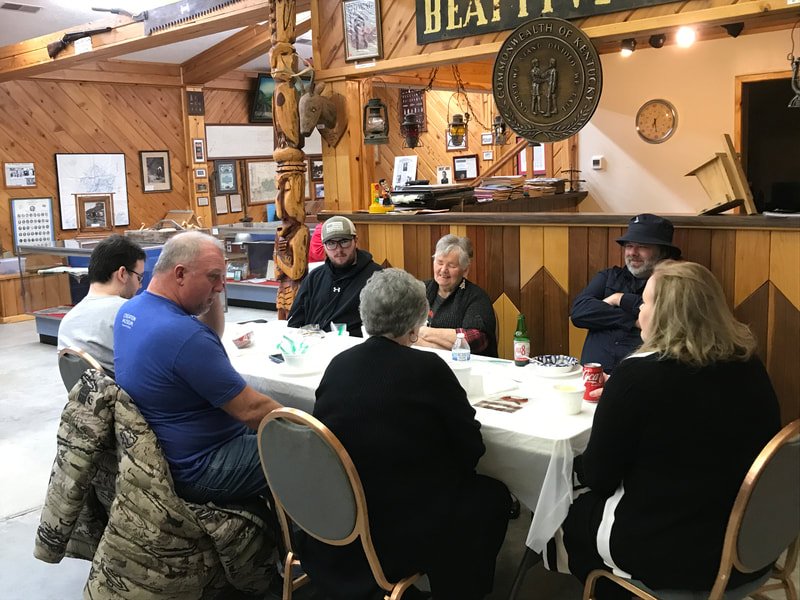

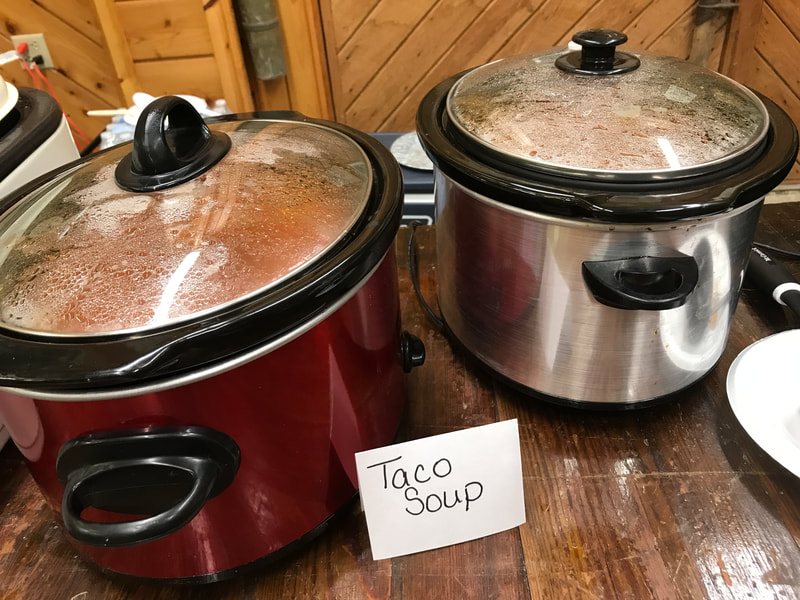
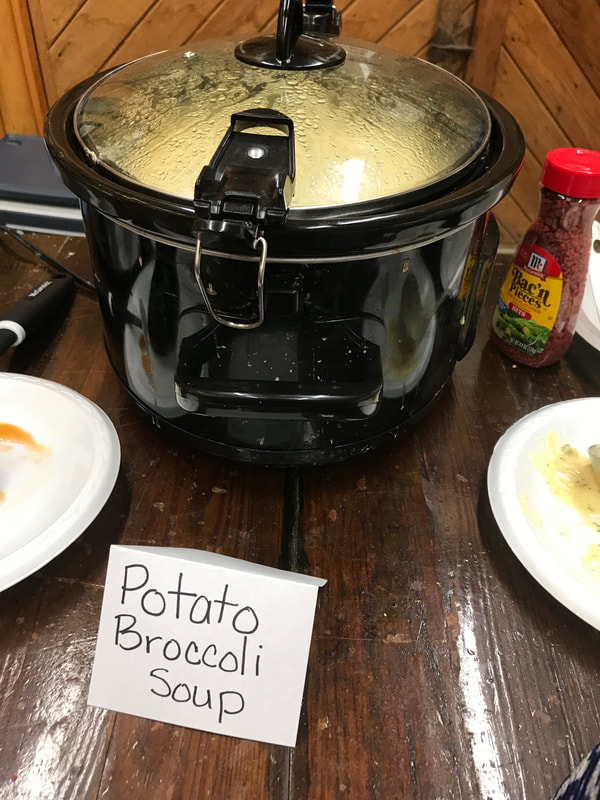

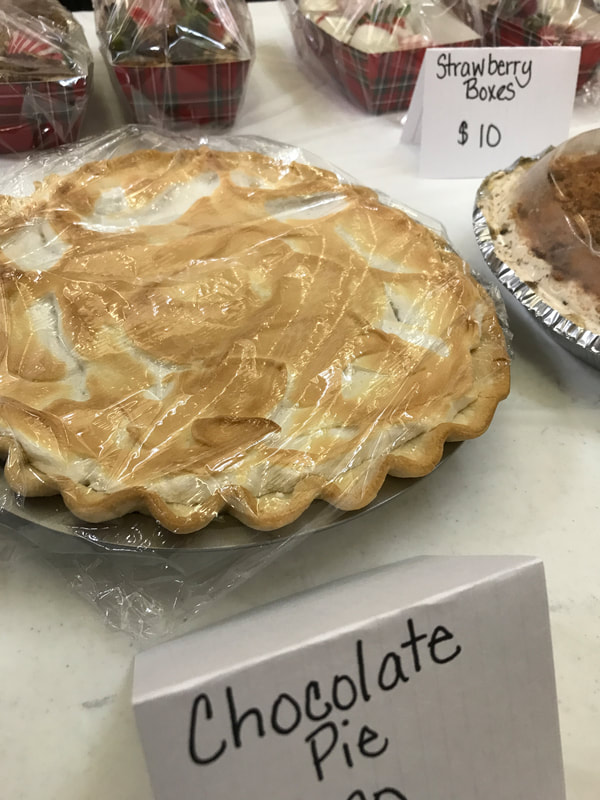



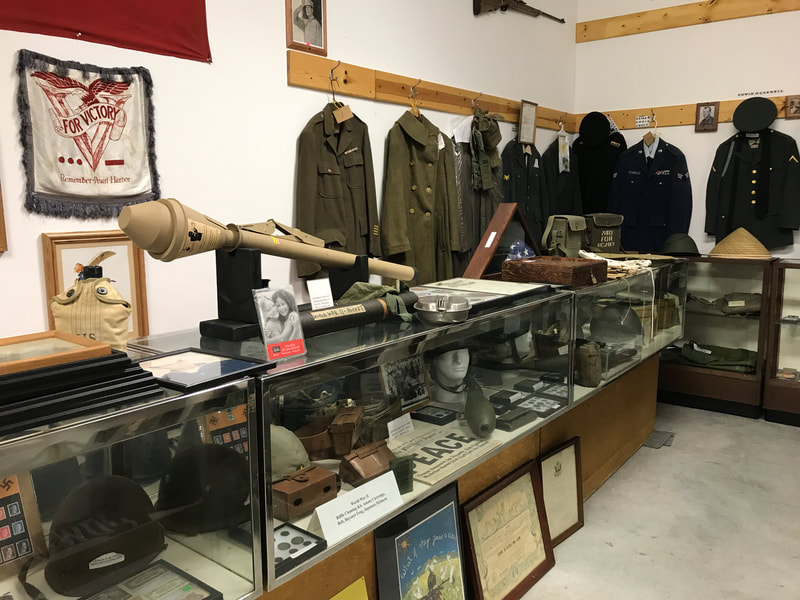
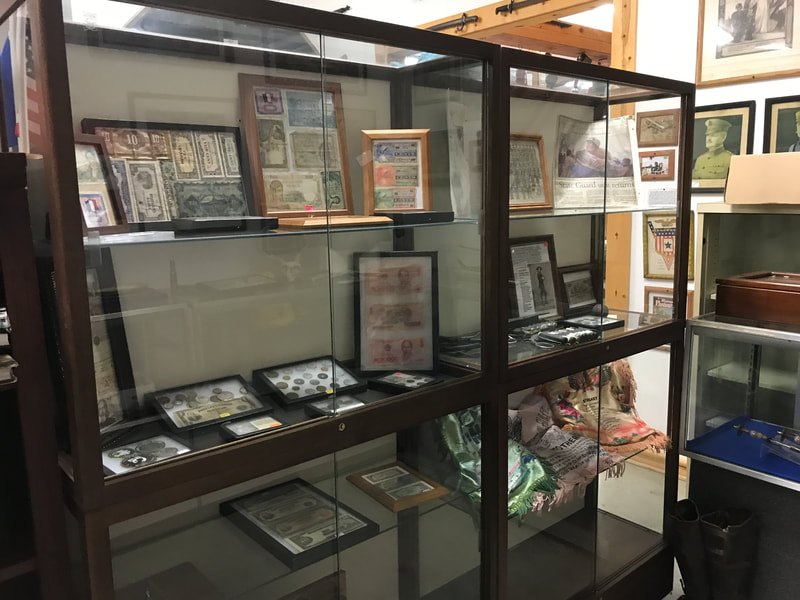
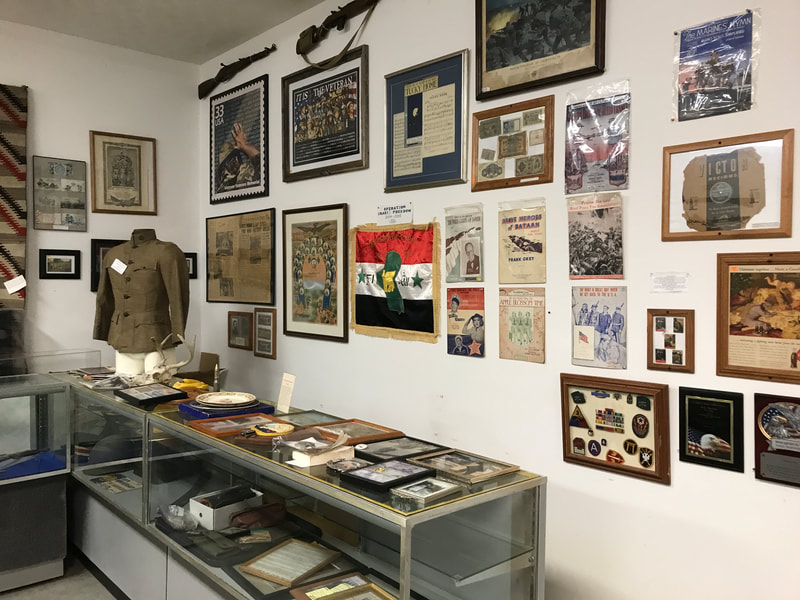
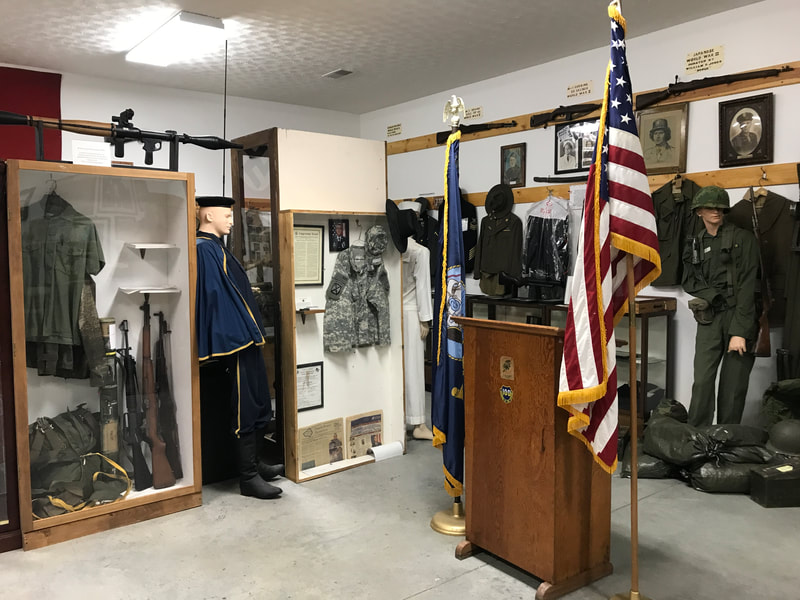

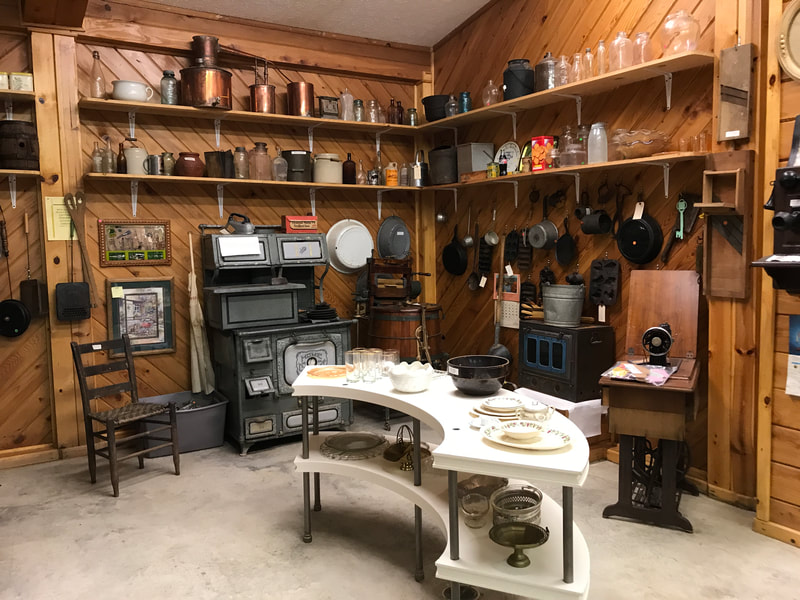
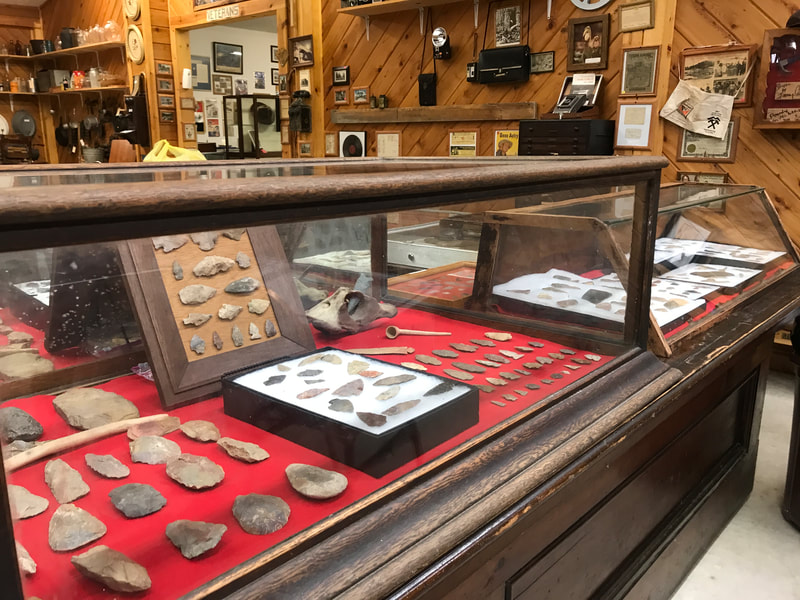
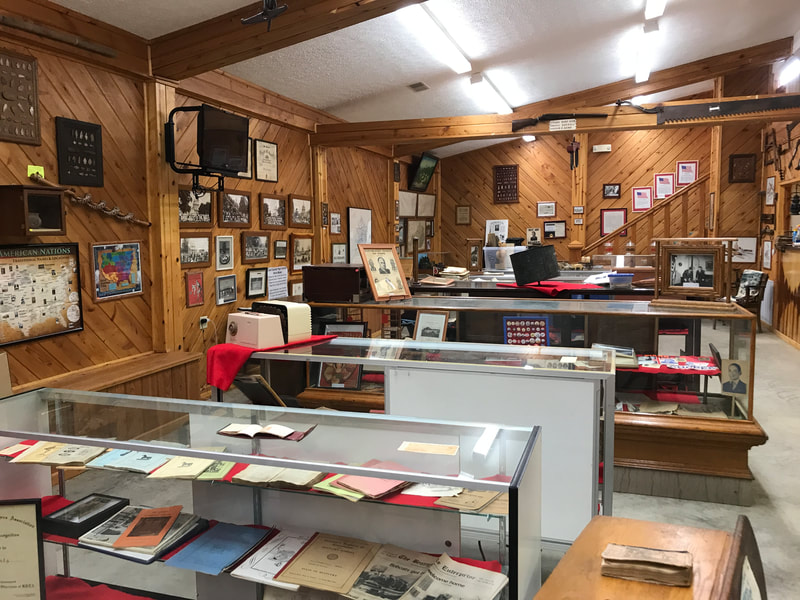
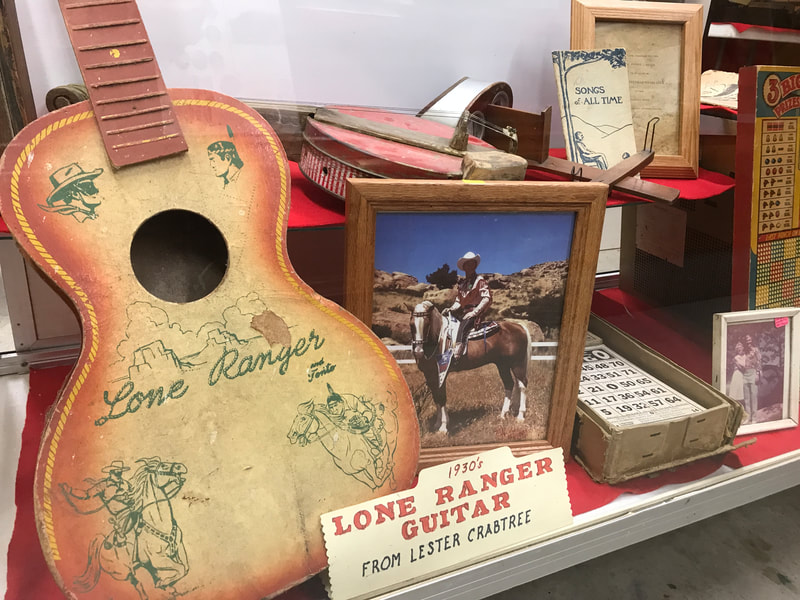



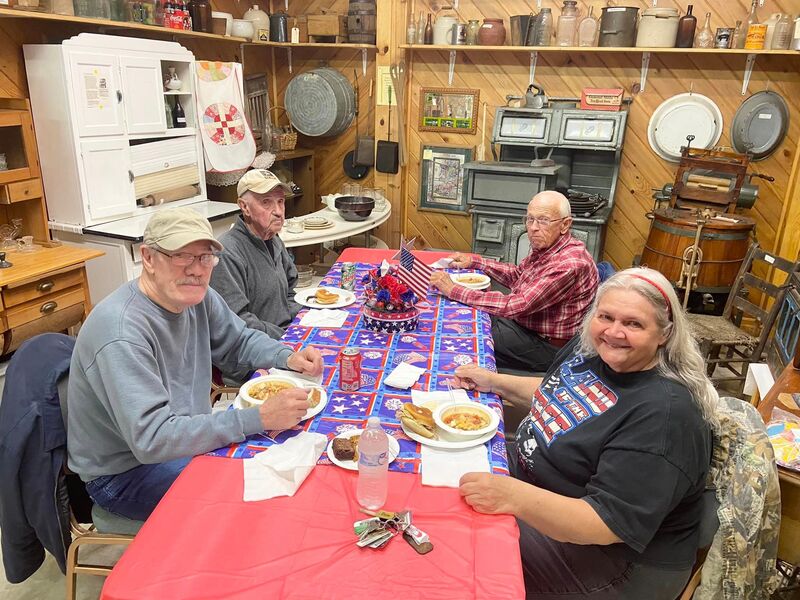
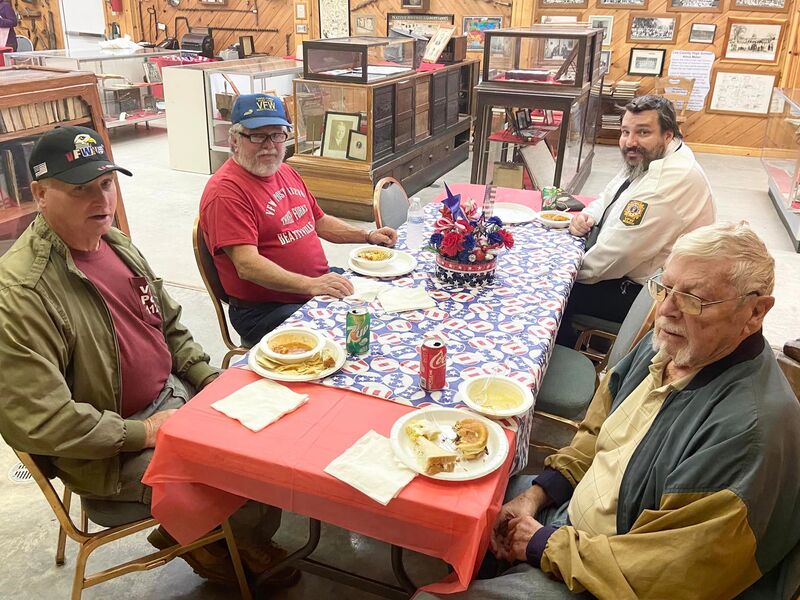
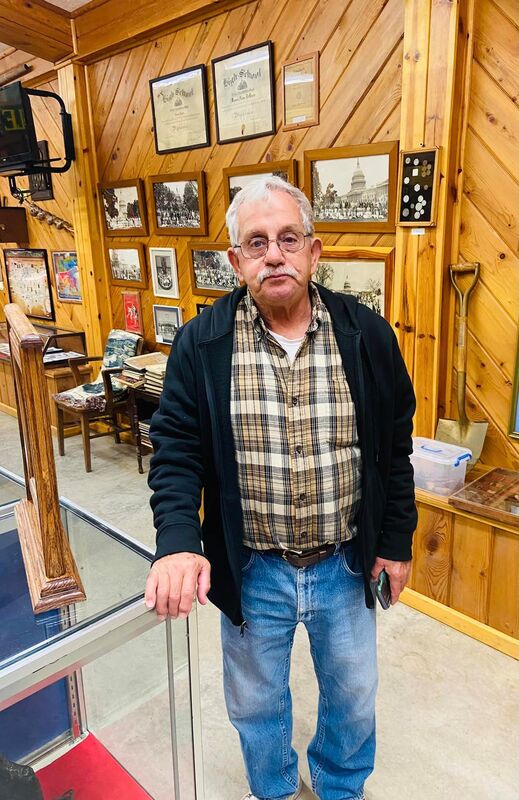

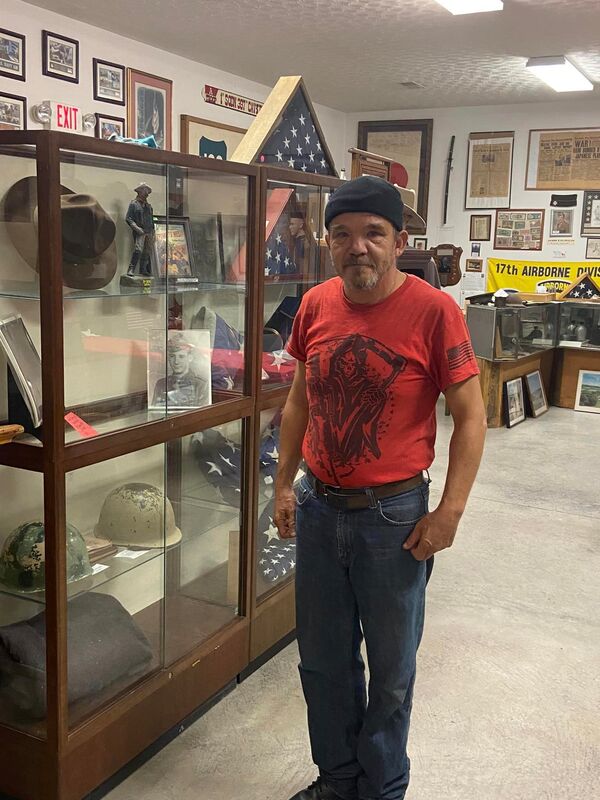


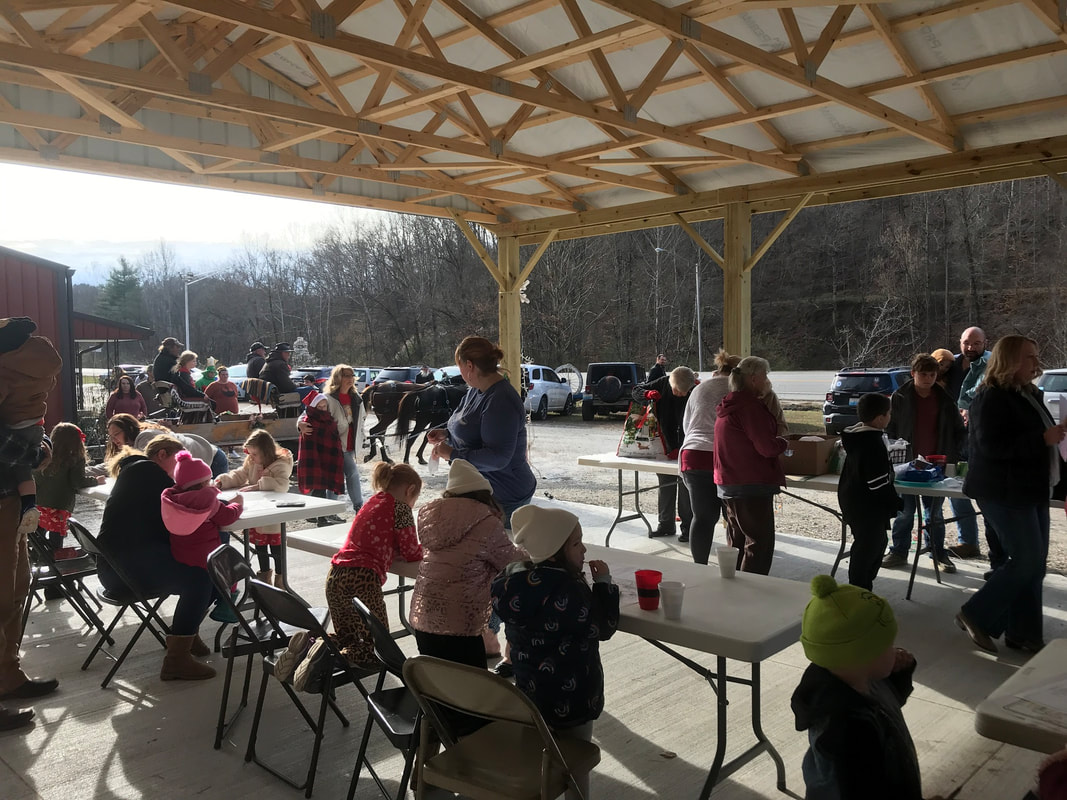


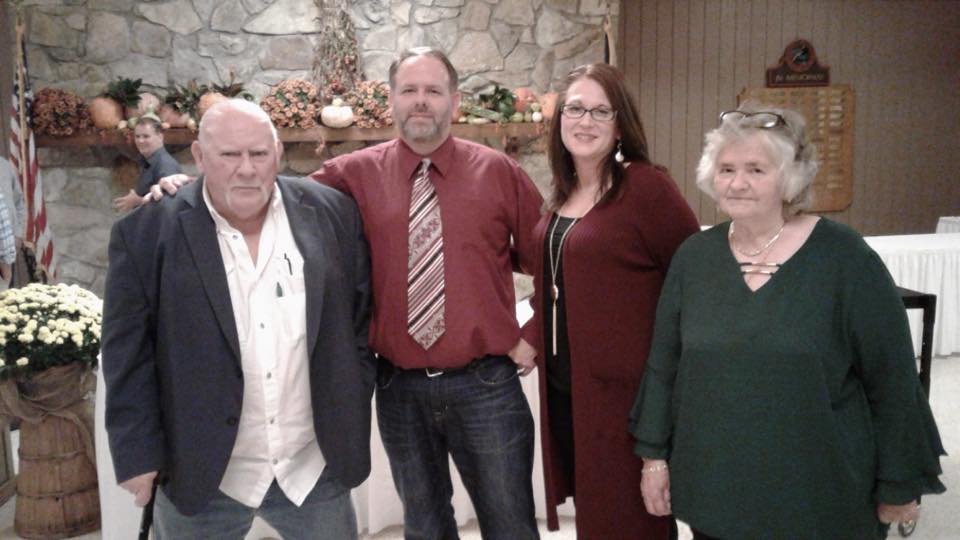
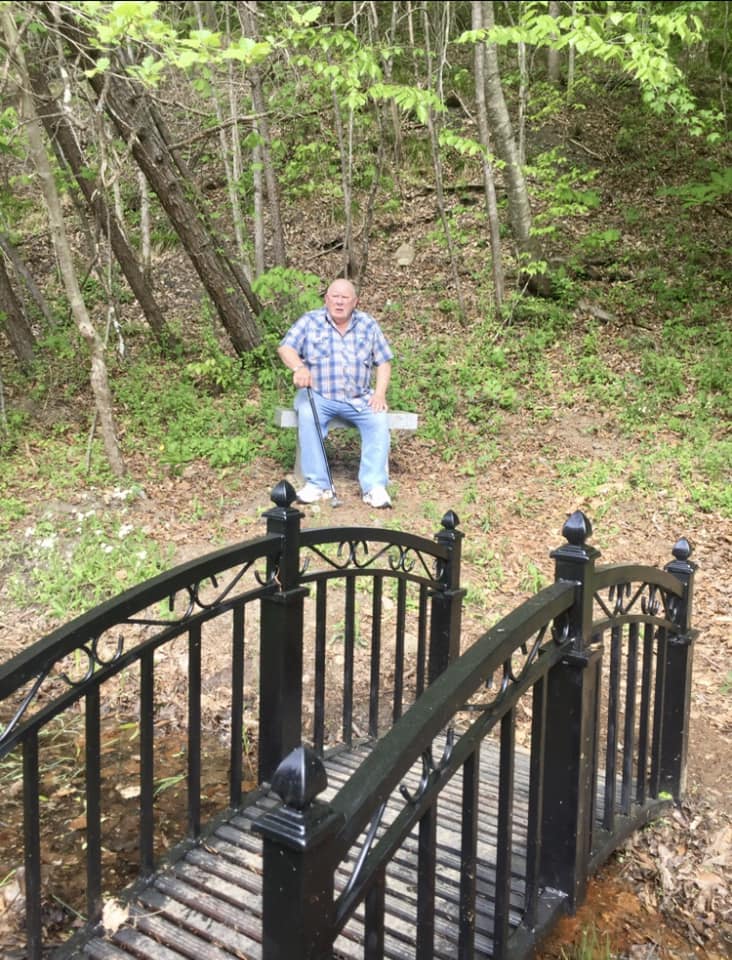
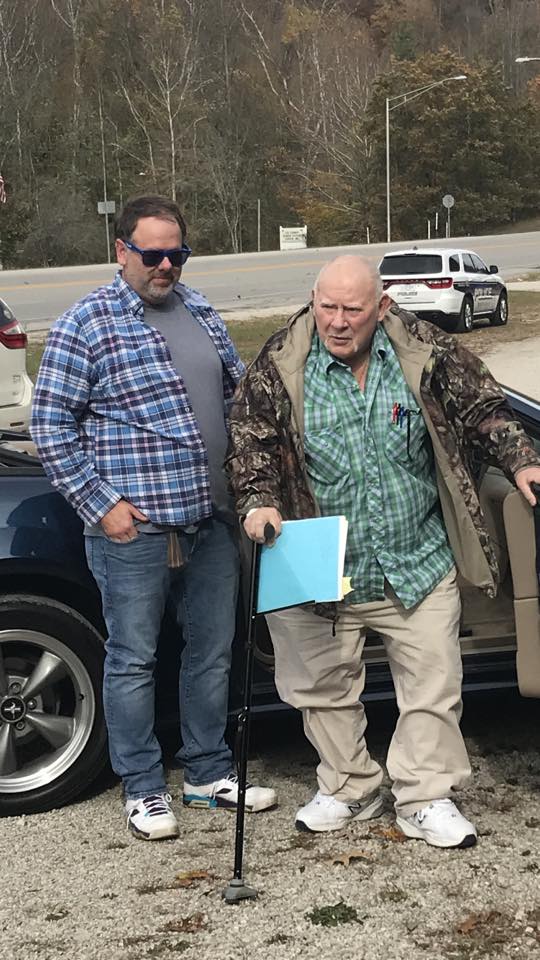
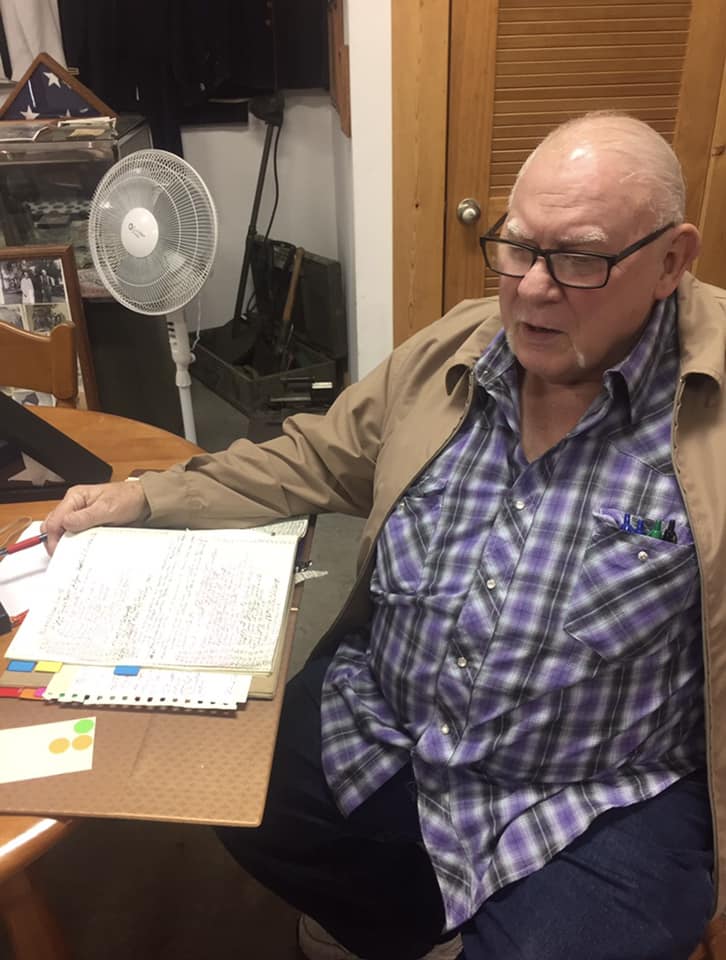

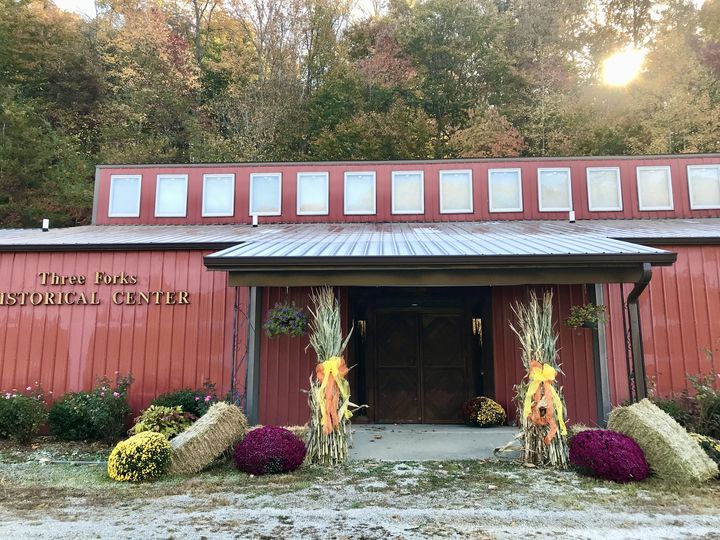
 RSS Feed
RSS Feed